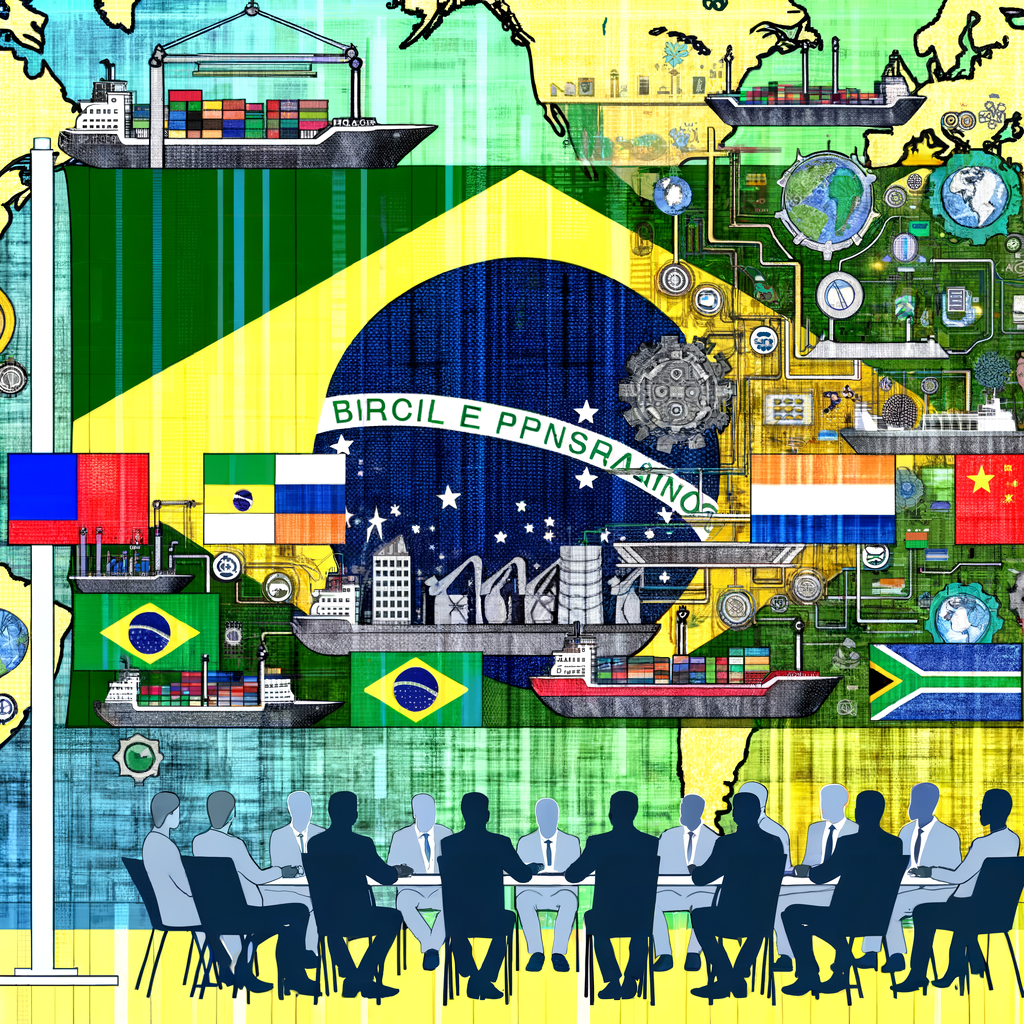Brazil’s 2025 BRICS Vision: A Strategic Roadmap
In recent years, Brazil has emerged as a significant player within the BRICS coalition, which comprises Brazil, Russia, India, China, and South Africa. As the world looks towards 2025, Brazil’s vision for BRICS is both ambitious and transformative. This vision seeks to leverage the collective strengths of the BRICS nations to foster sustainable economic growth, enhance geopolitical influence, and address global challenges.
Strengthening Economic Ties
Brazil’s 2025 BRICS vision places a strong emphasis on economic collaboration. The nation considers economic integration within BRICS as a cornerstone for mutual prosperity. Some of the key strategies include:
- Enhancing Trade Relations: Brazil aims to increase trade volumes with fellow BRICS countries by reducing tariffs and non-tariff barriers.
- Investment Facilitation: Encouraging cross-border investments among BRICS nations to stimulate industrial growth and job creation.
- Infrastructure Development: Prioritizing joint infrastructure projects that bolster connectivity and logistics within and across member states.
Geopolitical Influence
Brazil recognizes the importance of a unified voice in global governance. As such, its 2025 vision for BRICS extends beyond economic matters to geopolitical strategy:
- Collaborative Diplomacy: Brazil advocates for BRICS as a platform for collective diplomacy, addressing global issues such as climate change, terrorism, and cyber security.
- UN Reforms: Pushing for reforms in global institutions like the United Nations to better reflect the geopolitical realities of the 21st century.
Technological Innovation and Sustainability
Brazil’s 2025 plan for BRICS underscores the importance of technology and sustainability:
- Technology Transfer: Facilitating technology sharing among BRICS nations to drive innovation in areas such as renewable energy, digital transformation, and biotechnology.
- Sustainable Development Goals (SDGs): Collaborating on initiatives that support the United Nations’ SDGs to ensure environmentally friendly and socially inclusive growth.
Challenges and Opportunities
While Brazil’s vision is forward-looking, it faces several challenges:
- Economic Disparities: Diverse economic conditions within BRICS may complicate efforts to harmonize policies.
- Political Differences: Varied political systems and priorities could hinder consensus-building.
However, these challenges also present opportunities for Brazil to showcase its leadership by:
- Promoting Inclusive Dialogue: Encouraging open communication to bridge gaps and foster understanding.
- Leveraging Soft Power: Using cultural and diplomatic initiatives to strengthen ties.
The Path Forward
As Brazil looks to 2025, its vision for BRICS is not merely aspirational but actionable. By focusing on economic collaboration, geopolitical strategy, and sustainable innovation, Brazil aims to play a pivotal role in shaping the future of BRICS. This roadmap not only promises to enhance Brazil’s standing on the world stage but also offers a framework for collective success among the BRICS nations.
In conclusion, Brazil’s 2025 BRICS vision reflects a commitment to a more integrated and influential coalition that can address the world’s most pressing challenges, creating a legacy of prosperity and stability for future generations.



